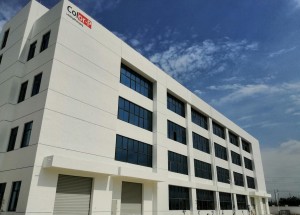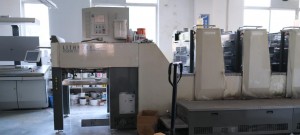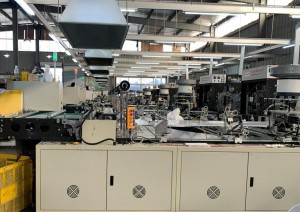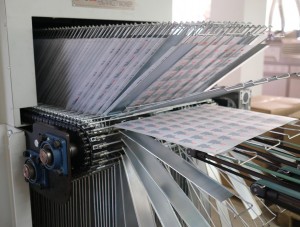Color-p believes that maintaining high productivity is essential for the survival and progress of an enterprise. The comprehensive efficiency of equipment is an important standard to measure the actual production capacity of enterprises. Through the efficiency management of equipment, COLOR-P can easily find bottlenecks affecting production efficiency, then improve and track, in order to achieve the purpose of improving production efficiency.
Bad condition of equipment will directly impact on production, the purpose of reducing equipment loss is to improve the comprehensive utilization rate of equipment, ensure the qualified products rate and improve the production efficiency at the same time. To reduce the loss of equipment, you need to know about the six big losses of devices, machine failure, speed drop, waste, line change, unscheduled shutdown, defects.
1. Machine failure
Machine failure refers to the time wasted due to machine malfunction. At this point, personnel are required to record equipment failures, determine whether the failure is an occasional failure or a frequent, chronic minor failure, and confirm maintenance.
Countermeasures: the enterprise establishes equipment monitoring records; Carry out daily maintenance and repair; Analyze data records to find causes, adopt systematic solutions to prioritize problems, and then focus on improvement.
2. Line change
Line change loss is the loss caused by shutdown and waste caused by reassembly and debugging, which generally occurs in the process between the last product of the previous order and the next order, during the first product is confirmed. Records can be confirmed through inspection.
Countermeasures: using the method of rapid line change to shorten the line change time; Monitor whether the line change time is qualified through performance management; Implement continuous improvement actions.
3. Unscheduled shutdown
It is the time waste because of machine breakdown. If there’s stop time is less than 5 minutes, start delay or earlier completion, all need record by special person, and final confirmation by manager or responsible person.
Countermeasures: The team leader should take time to observe the process, note and record short downtime; Understand the main causes of unplanned shutdown and implement focused root cause resolution; Clearly defined standards for working hours; Record downtime through monitoring to continuously improve the accuracy of data.
4. Speed droop
Speed reduction refers to the loss of time due to machine running speed below the process design speed standard.
Countermeasures: to clarify the actual designed speed, maximum speed, and physical reasons of speed limitation; Ask engineers to check the program and modify it. Apply device improvements to find the cause of the slow down and question the design speed.
5. Waste
Waste is the bad and scrapped products found during the adjustment of the machine in the production process. Statistics are carried out by the commissioner.
Countermeasures: Understand the causes, places and tome of loss, and then apply root solutions to solve them; The use of quick line switching techniques to reduce or even eliminate the need to set up switches, thereby reducing switching losses.
6. Defect
Quality defects, mainly refers to the defective products found in the final full inspection of the product, can be manually recorded during manual inspection (note to indicate the defective content, defective quantity, etc.).
Countermeasures: analyze and understand the changing characteristics of the process through the usual and continuous data recording; Feedback the quality problem to the responsible person.
In conclusion, one of the most important purposes of equipment management is to help managers find and reduce the six major losses existing in label printing enterprises.
Post time: May-26-2022








